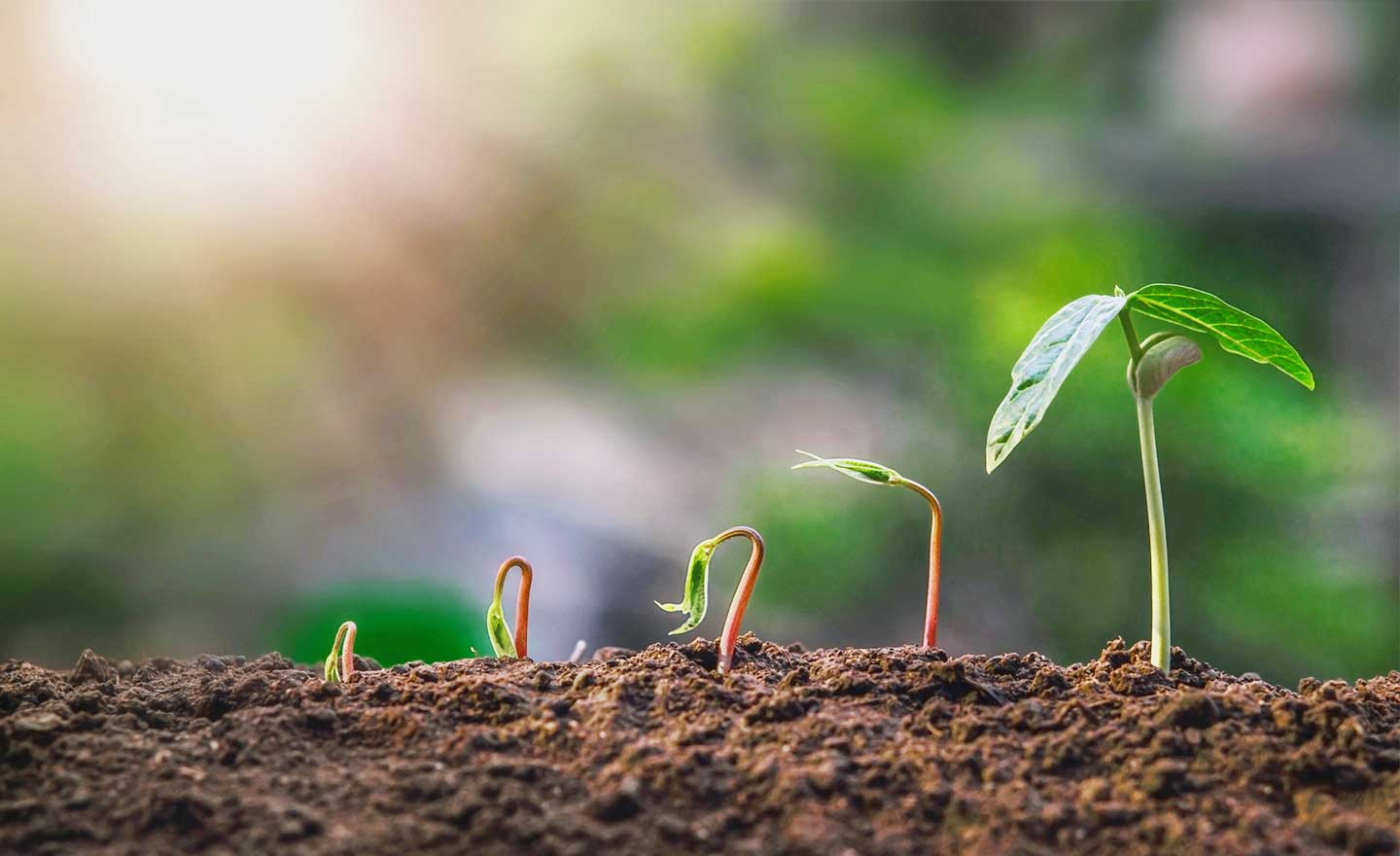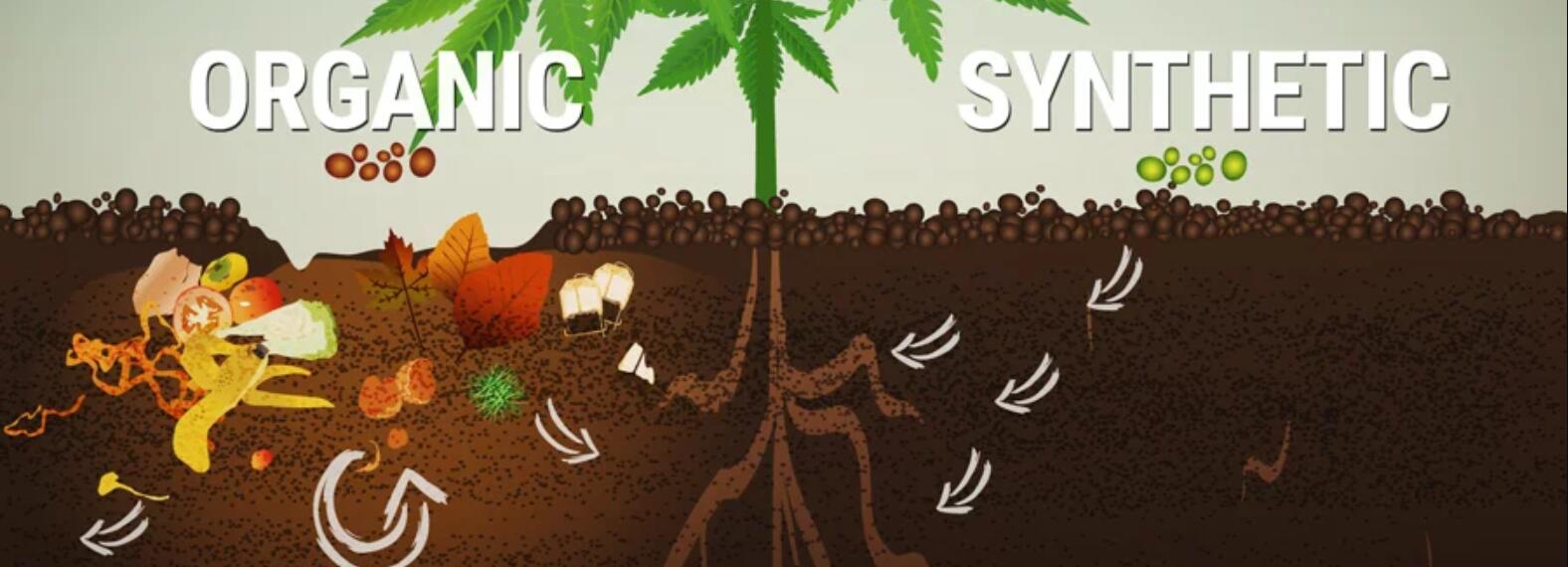Classification and function of biostimulant
In recent years, there is a fashionable new name in the global agricultural market, biostimulants. Maybe some people know it, some people have only heard the name. Actually, it’s not far from us.
For more than a decade, friends of the farming circle must have heard of these products: soil improvers, growth regulators, bioactive substances, plant growth agents, plant protection, and the like.
In fact, these products represent some of the functions or characteristics of the biostimulants in varying degrees. So, what’s the biostimulants? Is it a fertilizer? Or a pesticide?

1) Bio stimulants Classification
The answer is no. One of the comparative authority definitions of the biostimulants was given by European biostimulator Industry Alliance in July 2012. That is, plant biostimulants are a substance that contains certain ingredients and microorganisms. When applied to plants or roots, it have the effect of stimulating the natural process of the plant. Including strengthening/ benefiting from the absorption of nutrients. The nutritional efficacy, the abiotic stress resistance and the crop quality , not related to the nutrient components.
The biostimulants is not a pesticide. And not a traditional fertilizer. But its target is the crop itself. It can improve the utilization rate of the fertilizer. Enhance the pesticide effect. Improve the physiological and biochemical state of the crop. Improve the stress resistance. Improve the quality and yield of the crops. Mr. Sandro Secco, director of the global fertilizer market at the headquarters of the European Commission for Biostimulants which was founded in June 2011, is one of the six directors of the European Union of Biostimulants Industry.
In July 2011, companies in the United States also formed a biostimulant alliance, which now includes 15 companies.This alliance describes biostimulants as below,
Biostimulant is a material. When applied to plants, seeds, soils, or cultivated substrates, it is combined with existing fertilization programs to enhance plant nutrient use efficiency or to improve plant growth or stress resistance directly or indirectly.

We, the China Agricultural Biostimulants Industry Association (established in December 2012), have a similar interpretation of biostimulants as below,
A class of substances that, when applied to soils and crops, improve soil ecology, stimulate crop potential, and increase resistance to crop systems, thereby increasing yield, quality, and agricultural productivity.
In summary, bio-stimulants is different from conventional chemical fertilizer, and also different from plant protective agent. In the process of crop growth, it is used as a synergistic role of nutrition and plant protective agent, three synergistic effects to maintain crop growth health and vitality.
2) Bio stimulants categories
In foreign countries, biostimulants products are usually divided into eight categories: humic acid substances, compound organic substances, beneficial chemical elements, non-organic minerals (including hypophosphite), seaweed extract, chitin and chitosan derivatives, anti-transpiration agents, free amino acids and so on. which characteristics are different in different aspects. Details are as follows:

However, at present, biostimulants are not classified according to the classification methods in the table above. According to strict legal definitions, new products such as biostimulants do not yet have a clear registration status in China. Some products, such as humic acids, seaweed fertilizers and amino acids, are registered in the name of fertilizers. And they are assigned to functional fertilizers. For example, oligosaccharide, protein (polypeptide) and other products are registered in the name of pesticides, so they belong to pesticides.
The drawback of this simple classification can not fully reflect the real role of biostimulants. If its real role is buried for a long time, then its excellent function will be faded. Biostimulants products often contain a variety of components, or even as many as dozens. At present, the scientific community is not very clear about which component plays a leading role. Or it may be a combination of multiple components.
what are the main effects of biostimulants?
- There are more and more stress environments. Such as extreme temperature, irregular rainfall and climate change, and the requirements for the normal growth of the crops are also getting higher and higher. The biostimulants can increase the stress resistance of plants and Non-biological stress.
- The ability to regulate water in plants contributes to crop survival under drought conditions.
- The bio-stimulants can promote the absorption, transportation and use of nutrient substances. So as to avoid the leaching of nutrient substances or the loss of nutrient substances to the adjacent ecological system. Reducing the loss of nutrients means that the crops can make better use of natural resources.
- Biostimulants can improve the quality properties of agricultural products, such as sugar, coloring, sowing quality and so on. Providing consumers with better storage and more nutritious agricultural products which means higher incomes;
- Biostimulants is helpful to improve the physical and chemical properties of soil. Promote the development of beneficial microorganisms in soil. And protect and improve soil health. Healthy soil, water conservation effect is better, thus can better resist soil erosion.
Effect of biostimulants
The effect of bio-stimulant on crops depends on the type of crop, the original state of the soil, the planting of the crop, and some other factors. At present, a large number of literature has shown that the biostimulants in the market can achieve the following results.
- A minimum of 5%- 10% increase in the yield by using of the biostimulants.
- Biostimulants increases fertilizer utilization by at least 5% (possibly as high as 25% or more)
- The amount of the pesticide can be saved by 10-15% by using the biostimulants.
- Using biostimulants, crop quality traits such as fruit setting, color consistency and crop size can be increased by 15% in some cases.

